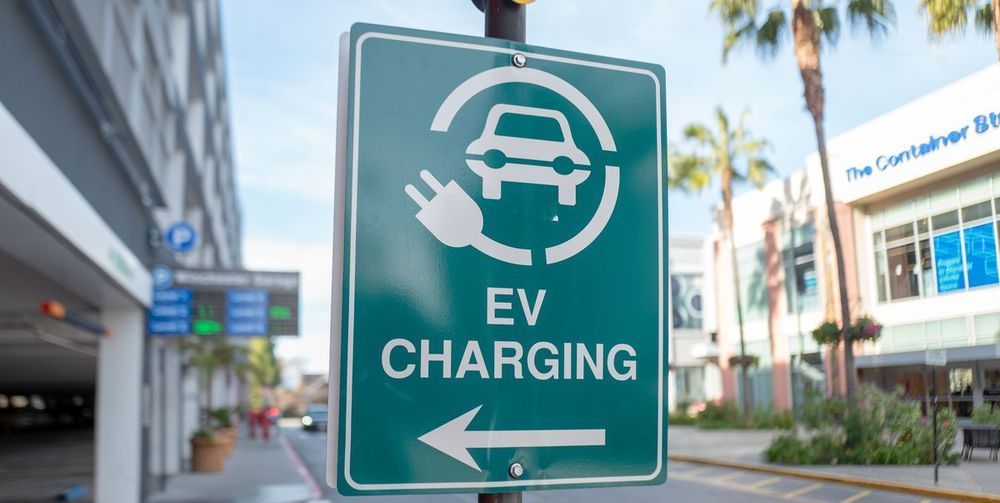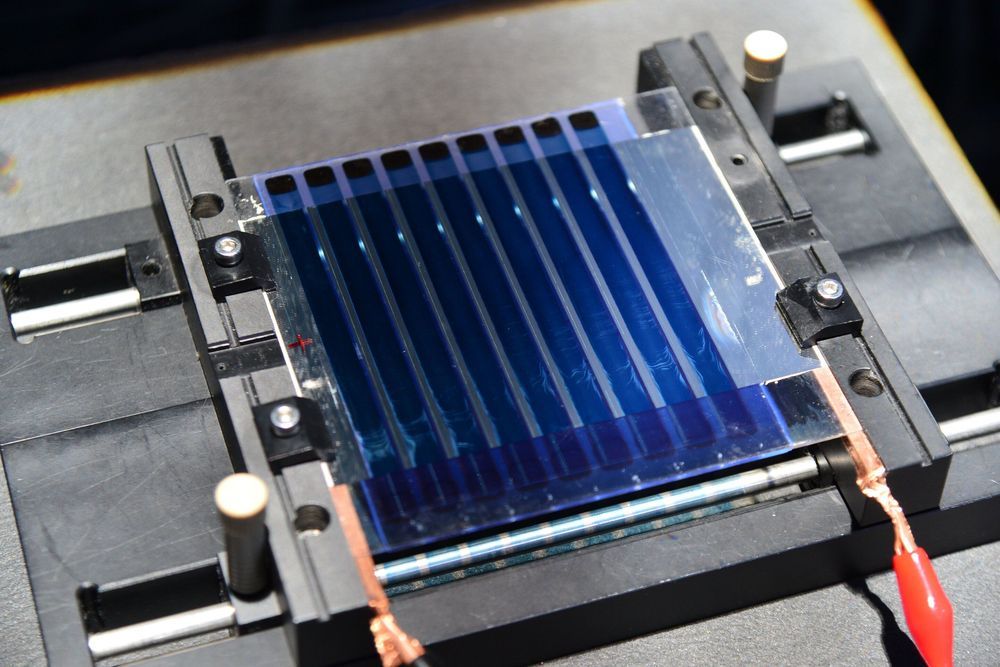Sep 15, 2020
Samsung Reveals Breakthrough: Solid-State EV Battery with 500-Mile Range
Posted by Quinn Sena in categories: energy, sustainability, transportation
Researchers perfect a battery that will let electric vehicles charge faster and drive farther while lasting a lot longer, but don’t expect to see it anytime soon.
For years, solid-state batteries have been heralded as the answer to many of the issues surrounding EVs. The battery technology allows for greater energy density, which translates into more range from the same size pack as a lithium-ion battery. The problem has been that the failure rate is far too high after repeated charging. Also, they’re super expensive. But Samsung may have solved the first issue.

















